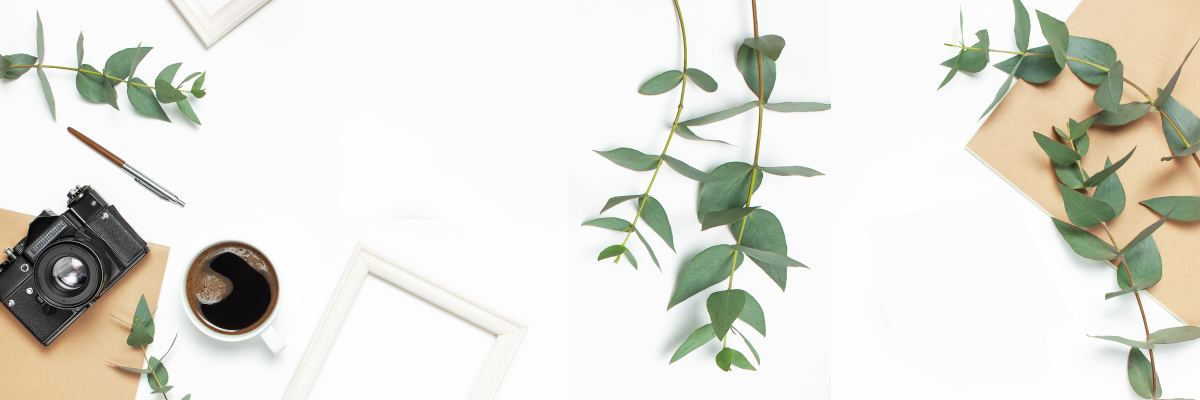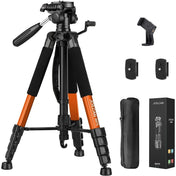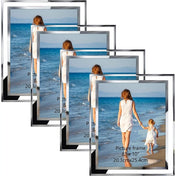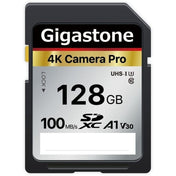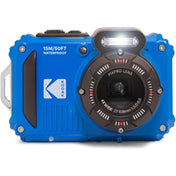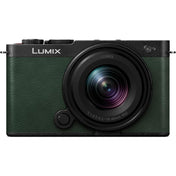When it comes to photography, lighting is everything. Whether you're shooting portraits, landscapes, or still-life, understanding how to manipulate and control light can make a world of difference in the quality of your photos. In this guide, we will explore a range of photography lighting techniques that will help you capture stunning images.
1. Natural Light
Natural light is the most readily available and versatile source of lighting for photography. It can create a soft and flattering look, especially during the golden hour, which is the hour after sunrise or before sunset. Utilize natural light by positioning your subject near a window or shooting outdoors to take advantage of its beauty.
2. Backlighting
Backlighting involves placing your subject against a source of light, such as the sun or a bright window, allowing the light to come from behind the subject. This technique creates a halo effect, outlining the subject and adding an ethereal glow. Experiment with different angles and adjustments to achieve the perfect backlighting effect.
3. Fill Light
Fill light is used to eliminate harsh shadows and create a more balanced exposure. It involves adding light to the dark areas of a scene without affecting the overall quality of the existing light source. You can achieve fill light by using a reflector, a secondary light source, or even a whiteboard to bounce light back onto your subject.
4. Rembrandt Lighting
Rembrandt lighting is a classic technique that creates a dramatic effect by illuminating one side of the face while leaving the other side in subtle shadow. This technique is achieved by positioning the main light source at a 45-degree angle to the subject, slightly above eye level. The result is a triangular patch of light on the opposite cheek, named after the famous painter Rembrandt.
5. Silhouette
Creating a silhouette involves placing your subject between the camera and a strong light source, such as a sunset or a bright window. This technique obscures the subject's details and creates a striking contrast between the dark subject and the brightly lit background. Silhouettes can add a sense of mystery and storytelling to your photographs.
6. High-Key Lighting
High-key lighting is a technique commonly used in fashion and beauty photography. It involves using bright, even lighting to eliminate shadows and produce a clean, airy look. You can achieve high-key lighting by using multiple light sources or by using a white or light-colored backdrop to bounce light back onto your subject.
7. Low-Key Lighting
Low-key lighting creates a moody and dramatic effect by using strong shadows and dark tones. This technique is often used in portrait and product photography to create a sense of mystery or intrigue. To achieve low-key lighting, position the main light source at a sharp angle to the subject, casting shadows and emphasizing the darker areas of the scene.
8. Rim Lighting
Rim lighting involves placing a light source behind the subject, highlighting the edges and creating a beautiful halo effect. This technique is particularly useful for creating separation between the subject and the background, adding depth and dimension to your photographs. Experiment with different angles and adjustments to achieve the desired rim lighting effect.
9. Butterfly Lighting
Butterfly lighting, also known as paramount lighting, involves positioning the main light source directly in front of the subject, slightly above eye level. This technique creates a small shadow under the nose, resembling the shape of a butterfly, hence the name. Butterfly lighting is commonly used in beauty and portrait photography to create flattering and even lighting.
10. Side Lighting
Side lighting involves positioning the main light source at a 90-degree angle to the subject, highlighting one side of the face or object while leaving the other side in shadow. This technique adds depth and texture to your photographs, accentuating the contours of the subject. Experiment with different angles to find the most flattering side lighting setup.
11. Softbox Lighting
Softbox lighting is a popular studio lighting technique that creates soft, diffused light. It involves using a specialized light modifier called a softbox, which works by spreading the light across a larger surface area, resulting in a softer and more flattering light. Softbox lighting is commonly used in portrait and still-life photography.
12. Light Painting
Light painting is a creative technique that involves using a long exposure and a handheld light source to 'paint' or draw with light. This technique can produce stunning and surreal effects, allowing you to add light trails or illuminate specific areas of your composition. Experiment with different light sources and movements to create unique and imaginative images.
Conclusion: Illuminate Your Photography
Mastering different photography lighting techniques is essential for taking your photos to the next level. From natural light to advanced studio setups, understanding how to manipulate light will empower you to capture breathtaking images. Remember to experiment, practice, and develop your own style as you explore the magical world of photography lighting techniques.

